Forgotten Electric Pioneer This 1980 Dodge Omni EV Blends Vintage Ingenuity With Quirky Charm
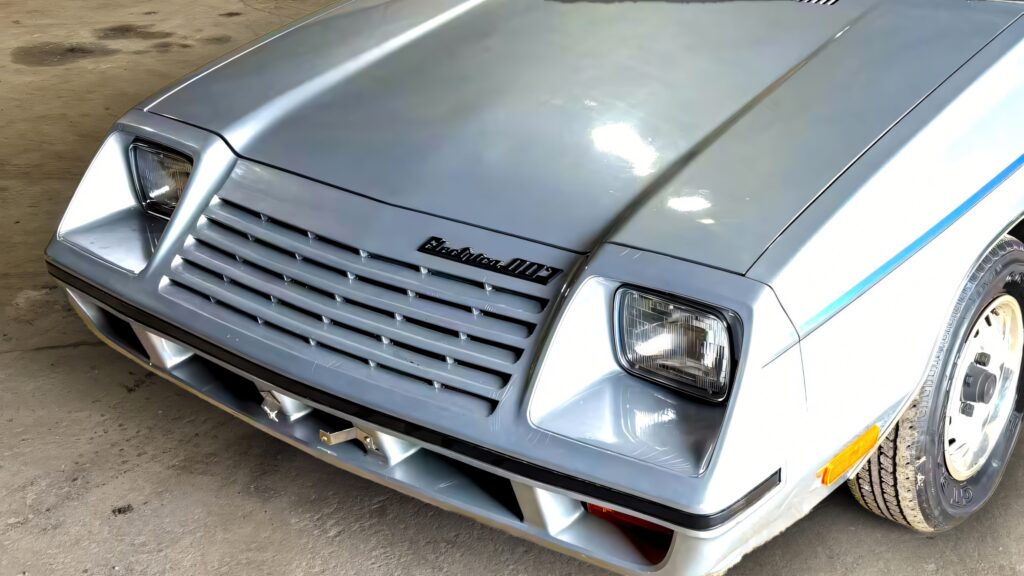
Cupra Halts US Launch Plans Amid Tariffs and EV Market Slowdown
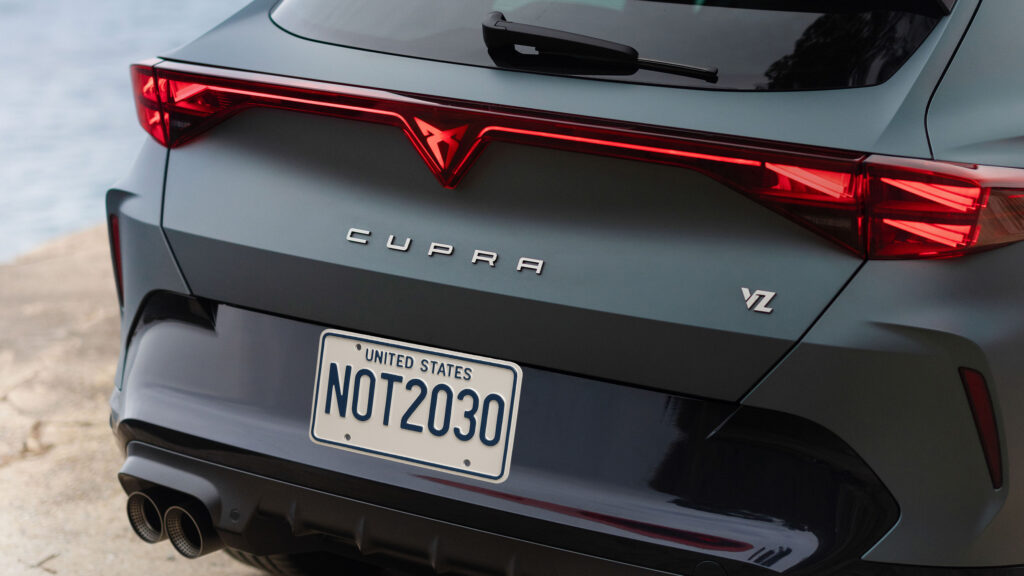
Tesla Cybertruck Owner Reports Sudden Suspension Failure in Driveway
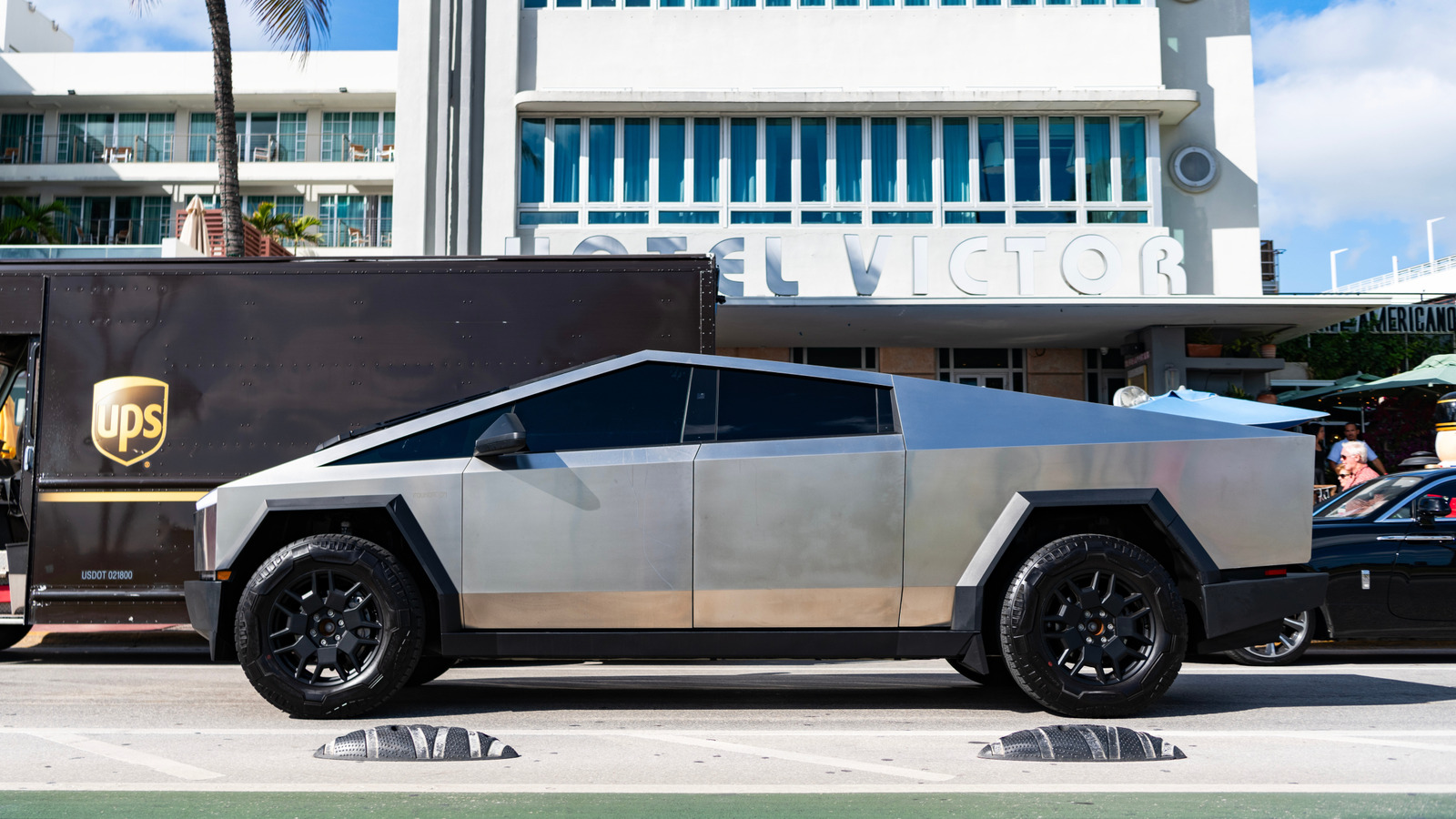
Ferrari Recalls Hundreds of Purosangues Over Hidden Brake Issue
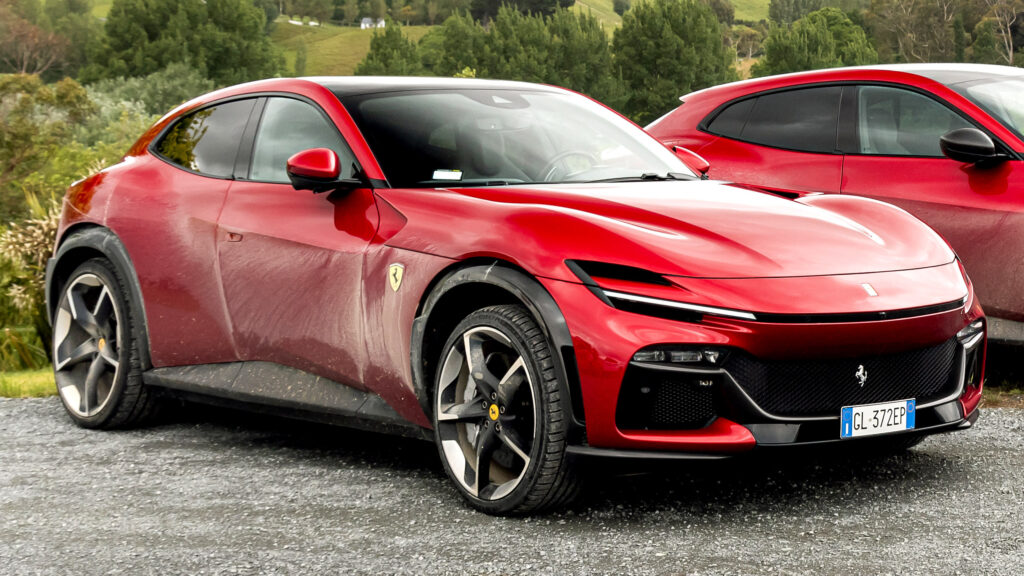
Man Wins $12,500 After Google Street View Reveals His Backyard Privacy Breach
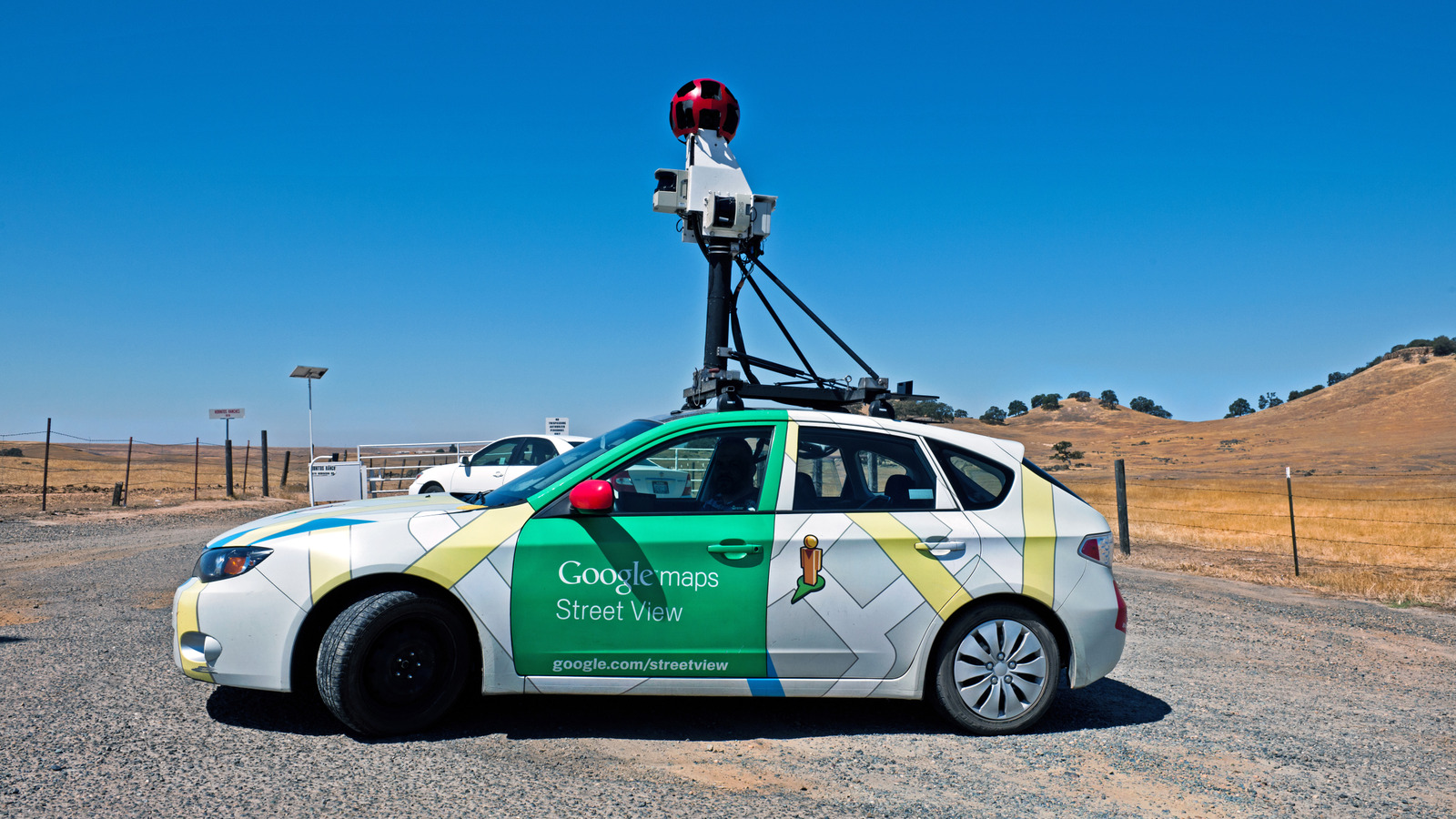
UK Plug In Hybrids Set to Dodge EU CO2 Tax Hikes in Bid to...
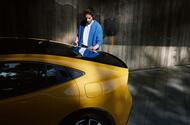 Rule changes could soften tax hikes for a powertrain popular with company car fleets
Rule changes could soften tax hikes for a powertrain popular with company car fleets
Plug-in hybrids sold in the UK could avoid planned changes across Europe to how CO2 figures are calculated in a bid to keep their appeal to fleet buyers.
Under the changes, the European Commission’s latest Euro 6e-bis emission standard will assume a lower share of a PHEV's electric-only mileage, resulting in a more representative (and higher) CO2 figure.
This would result in tax hikes and therefore a loss of the benefit-in-kind incentive that has driven the powertrain's popularity among fleet buyers.
However, the UK has revealed “easement” plans to continue encouraging the take-up of lower-carbon vehicles.
What are the EU's changes?
The European Commission’s latest Euro 6e-bis emission standard was introduced in January 2025 for new vehicle launches, and manufacturers have until the end of the year to retest their entire model range.
Although the focus is pollutant emissions, the new standard includes an adjusted ‘utility factor’ for PHEVs that assumes a lower share of that vehicle’s mileage is driven on battery power, offering a more representative CO2 figure.
It follows a study of real-world data showing PHEVs emit three and a half times more CO2 on the road than during the official test cycle.
In December 2022, the International Council for Clean Transportation (ICCT) warned that Euro 6e could raise a 45g/km PHEV’s CO2 emissions rating to 96g/km, then 122g/km when the second adjustment is applied in 2027. That’s without any mechanical changes to the vehicle.
Although Euro 6e compliance isn’t mandatory in post-Brexit UK (excluding Northern Ireland), vehicles engineered or retested for other markets would be imported with figures derived from the new test.
This could hurt manufacturers’ ability to meet average CO2 targets (and earn credits that can be counted as zero-emission vehicle sales) and have tax implications for CO2-incentivised fleets, which account for more than 80% of new PHEVs.
Cars emitting 50g/km CO2 or less qualify for low company car tax bands and more generous relief from corporation tax. Businesses can offset 100% of lease costs, or 18% of the purchase cost, against their pre-tax profits. Those rates fall to 85% and 6% respectively above that threshold.
What is the UK planning?
In a statement, Treasury secretary James Murray confirmed plans for a two-year “easement” from April 2026, enabling manufacturers to publish CO2 figures based on the outgoing Euro 6d standard – a proposal originally put forward as part of the ZEV mandate consultation last December.
During that period, manufacturers can either continue to use pre-2025 type approval data or convert new Euro 6e-bis figures back to a Euro 6d equivalent. This will mean some models have lower published CO2 figures than an identical car sold in other European markets.
Final legislation will be published in a future finance bill, following a public consultation.
The Association of Fleet Professionals welcomed the proposal, with chair Paul Hollick adding that PHEVs are already facing company car tax rises from April 2028. From that date, all vehicles between 1-50g/km of CO2 will fall into a single 18% band, instead of multiple rates according to their electric range.
Hollick said: “Our view is that it would be unfair if tax on company cars was increased beyond the levels announced in the Budget.
“We hope the planned easement makes this possible and that the situation is resolved as quickly as possible. Many fleets and drivers have understandably been holding back from ordering PHEVs until they know what they will be paying. Given that the new legislation will take effect in April 2026, which is not necessarily that far away in terms of placing car orders, a speedy resolution would make sense.”
Thomas McLennan, director of policy and public affairs at the British Vehicle Rental and Leasing Association, agreed that certainty is critical for fleets.
He said: “The prospect of testing regimes changing or official CO2 figures varying creates confusion and causes companies to second guess when decisions should be made.
“We are starting to get the certainty we need, but while PHEVs will still be attractive for OEMs and company car drivers, it looks like they will still be hit by higher first-year vehicle excise duty (VED) payments, along with other tax impacts.”
Ferrari Studies Record-Breaking Chinese EV as It Prepares for Electric Supercar Debut
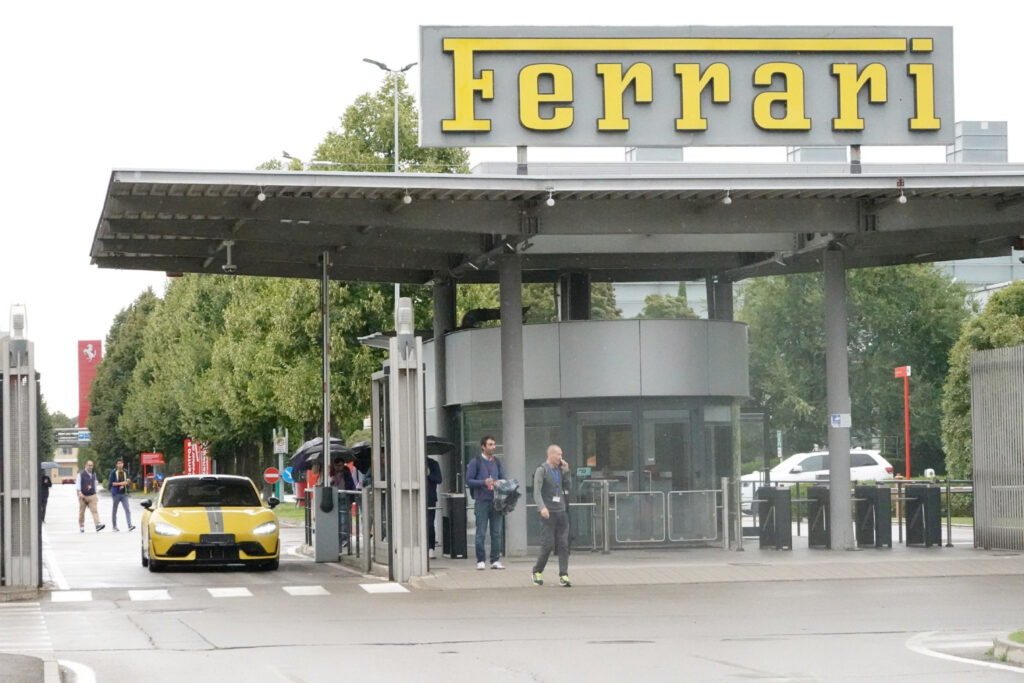
Federal Agents Storm Delta Flight Cockpit to Arrest Co-Pilot Moments After Landing
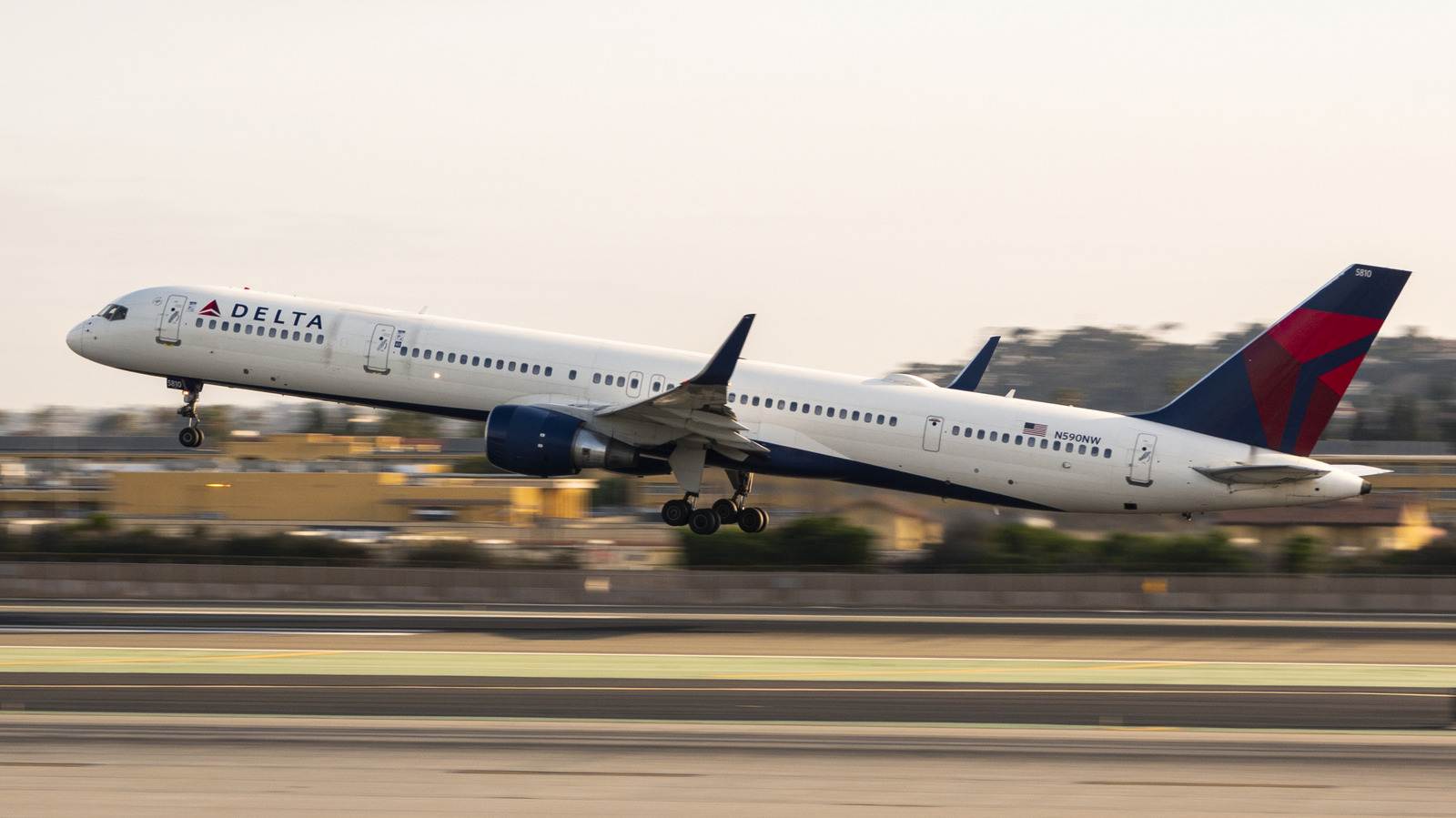
Maserati Hints at Electric Supercar Comeback When Drivers Demand It
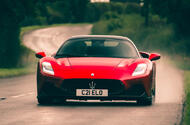 Boss says cancelled MC20 EV could see light of day as MCPura Folgore when "the customer is ready"
Boss says cancelled MC20 EV could see light of day as MCPura Folgore when "the customer is ready"
The electric version of the Maserati MC20 supercar could still see the light of day if the market picks up, says Maserati, after it cancelled the model earlier this year, citing insufficient demand.
Promising huge power and similar dynamics to those of the V6 car, the MC20 Folgore would have been the first electric supercar on sale – the circa-2000bhp Rimac Nevera, Pininfarina Battista and Lotus Evija meriting full-bore hypercar status.
Its potentially seminal status was ultimately its downfall, though, with nothing comparable on sale against which it could be benchmarked. Maserati wasn’t confident it would attract a sufficient number of buyers away from V6 and V8-engined alternatives to recoup the substantial development costs.
Maserati CEO Santo Ficili stands by the decision and told Autocar: “I don’t think it’s the right time to take this kind of supercar in the electrification direction.”
But he added that the MC20 Folgore project was on pause, rather than cancelled, and the car could yet make production as the MCPura Folgore.
“Let’s say we will see,” he said when asked if the firm’s supercar could yet go electric. “The project is [advanced], but we decided to wait to understand what is going to happen.”
There are no immediate plans to begin development again. Ficili said: “We have this fantastic [V6] engine that is to the satisfaction of our customers. We hold a different kind of power. This is our engine at this time.”
He added that he did not have the “crystal ball” to see when there will be a market for an electric supercar, and that it was crucial “to have the customer ready to buy a car like this” before investing further.
In the meantime, Ficili went as far as to suggest Maserati could launch a new ICE-powered, manual-shifting super-GT flagship, in partnership with Alfa Romeo. This would be likely to use the 3.0-litre twin-turbo Nettuno V6 that powers the MC20 and Granturismo.
The firm's technical boss Davide Danesin Maserati engineering boss Davide Danesin said "there are still customers looking for pure mechanical cars,” because they have a “bad feeling” about having a battery on board a supercar, due to the heightened complexity and extra weight it brings.
GM Hit With New Lawsuits Over V8 Engine Failures and Inadequate Fixes











